Introduction
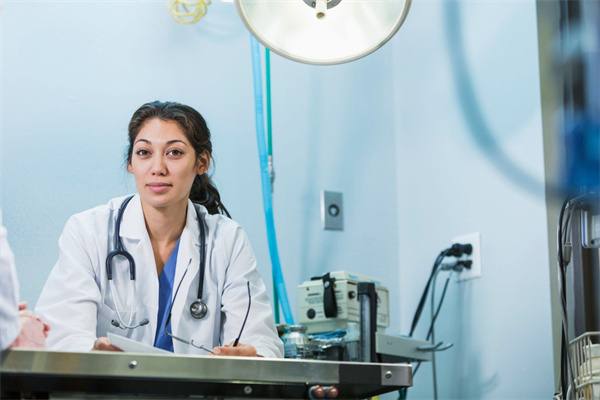
Introduction to Surgical Lamps
Surgical lamps are one of the most important tools in the operating theatre. They provide illumination for surgeons and other medical professionals when performing complicated procedures. Accuracy and precision can be compromised without the right lighting, leading to poor patient outcomes. This is why surgical lamps need to be maintained and troubleshot regularly.
Definition of Surgical Lamps
Surgical lamps are designed to provide optimal lighting in the operating theatre. They have been developed over the years to meet the needs of medical professionals and provide the highest quality of illumination. Surgical lamps are typically mounted on the ceiling, wall, or overhead and use advanced optics and LED or halogen bulbs to provide customizable illumination for the operating theatre.
Benefits of Maintaining and Troubleshooting Surgical Lamps
Maintaining and troubleshooting surgical lamps is essential to ensure the best possible outcomes for patients. Regular maintenance and troubleshooting of surgical lamps can help to extend their lifespan and prevent costly repairs or replacements. It can also help to reduce the risk of malfunctioning lamps by ensuring they are working correctly and providing the best possible lighting.
By regularly maintaining and troubleshooting surgical lamps, medical professionals can also be sure that they are providing the best possible visibility and illumination for the operating theatre. This is essential for accuracy and precision when performing complicated procedures.
Conclusion
Surgical lamps are essential in the operating theatre, providing optimal illumination for medical professionals. Regular maintenance and troubleshooting of these lamps are essential to ensure they provide the best possible lighting and visibility. By regularly maintaining and troubleshooting surgical lamps, medical professionals can ensure the best possible outcomes for patients.
Identifying common problems
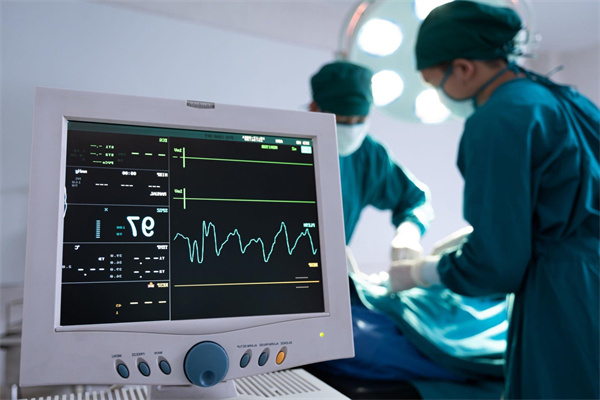
Surgical lamps are an important part of any operating theatre. They provide visibility and illumination so surgeons can perform their tasks accurately and safely. As with any complex medical equipment, surgical lamps require regular maintenance and troubleshooting to ensure that they remain in perfect working condition. In this blog, we will discuss the common problems associated with surgical lamps and provide tips and advice on troubleshooting and maintaining them.
Problem Identification
The most common issue with surgical lamps is that they may become dim or the light may become discolored. Various problems, including bulb or reflector failure, poor electrical connections, and worn-out or corroded components, can cause this. Sometimes, the lamp may even malfunction due to incorrect installation or setup.
Another common problem is that the lamp may not turn on at all. This could be due to several issues, such as a blown fuse, loose wiring, or a faulty control panel.
Troubleshooting Tips
If your surgical lamp is not working properly, the first step is to identify the cause of the problem. If the lamp is not turning on, then the first thing to do is check the power supply and any fuses that may have blown. If the problem is more specific, such as dim or discolored light, then it is important to inspect the bulbs, reflectors, and wiring for any signs of damage or corrosion.
Once the source of the problem has been identified, it is important to take the necessary steps to repair the surgical lamp. This can be done with the help of a qualified technician who can properly diagnose and fix the issue. It is also important to ensure that all components are correctly installed, as even minor errors can lead to serious problems.
Maintaining Surgical Lamps
To ensure that your surgical lamps remain in perfect working condition, it is important to perform regular maintenance and inspections. This includes checking the bulbs, reflectors, and wiring for signs of wear and tear and testing the power supply, fuses, and control panel.
It is also recommended to clean the reflectors and lenses periodically, as this can help maintain the light’s brightness. Finally, it is important to ensure that the lamp is properly secured and that all components are properly tightened and connected.
Conclusion
Maintaining and troubleshooting surgical lamps is important to ensure that this medical equipment remains in perfect working condition. By understanding the common problems associated with surgical lamps and following the necessary steps to inspect, repair, and maintain them, you can ensure that your operating theatre is safe and efficient.
Preventative maintenance

Although surgical lamps are designed for long-term performance, preventive maintenance is essential for any device to ensure the proper functioning and a prolonged lifespan. In this blog, we will discuss the three components of preventive maintenance for surgical lamps: inspection, cleaning and replacing parts, and testing and calibration.
Inspection
The first step in preventive maintenance is inspection when it comes to maintaining and troubleshooting surgical lamps. Visual lamp inspection is necessary to identify potential issues, such as loose connections, damaged components, and loose screws. It is also important to check for worn-out parts or other issues affecting the lamp’s performance.
Cleaning and Replacing Parts
The second step in preventive maintenance for surgical lamps is the cleaning and replacing parts. It is important to clean the lamp regularly to remove any dust or debris that could cause it to malfunction. In addition, it is important to check the parts of the lamp for wear and tear and replace any worn-out parts. This will help ensure that the lamp is functioning properly.
Testing and Calibration
The last step in preventive maintenance for surgical lamps is testing and calibration. This is done to ensure that the lamp works at its optimal performance. The test will check the lamp’s light output, the light’s color accuracy, and the lamp’s power consumption. This will make sure that the lamp is performing as expected and will also help identify any potential problems that could arise in the future.
Conclusion
Preventive maintenance for surgical lamps is essential to ensure that they are functioning properly and will last a long time. Visual inspection, cleaning and replacing parts, and testing and calibration are the three components of preventive maintenance that should be done regularly to ensure that the lamp is working as expected. This will help ensure that the lamp is performing at its optimal performance and help identify any potential problems that could arise in the future.
Conclusion
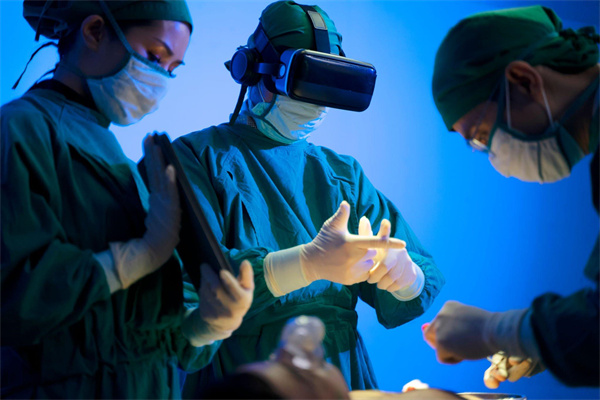
It is essential to properly maintain and troubleshoot surgical lamps to ensure they remain safe and functional for surgical operations. Proper maintenance of lamps can help prevent issues that can lead to costly repairs and downtime. In contrast, proper troubleshooting can help identify and rectify any issues that arise quickly.
Maintaining surgical lamps involves regular cleaning and inspection of the lamps, as well as replacing any components that are worn or damaged. Additionally, lamps should be stored away from direct sunlight and other heat sources, as well as away from any sources of dust or moisture. If the lamp does not appear to function properly, it should be inspected and serviced by a qualified technician.
Troubleshooting surgical lamps require a basic understanding of the various components of the lamp and how they interact with each other. If an issue is identified, the lamp should be checked for any loose connections or other components that may be malfunctioning. If the issue persists, it should be brought to the attention of a qualified technician, as they can properly diagnose and fix the issue.
The benefits of properly maintaining and troubleshooting surgical lamps are numerous. By ensuring the lamps are properly maintained and serviced, any potential issues can be identified and rectified before they cause any costly downtime or damage. Additionally, proper troubleshooting can help to quickly identify any issues and ensure that any downtime is minimized.
In conclusion, it is essential to properly maintain and troubleshoot surgical lamps to ensure they remain safe and functional during surgical operations. Following these basic steps can identify and rectify any issues before they lead to costly repairs and downtime. Additionally, troubleshooting can help quickly identify and rectify any issues that arise, ensuring that any downtime is minimized.
Get the complete solution. ↓
The Ultimate Guide to Surgery Lamp






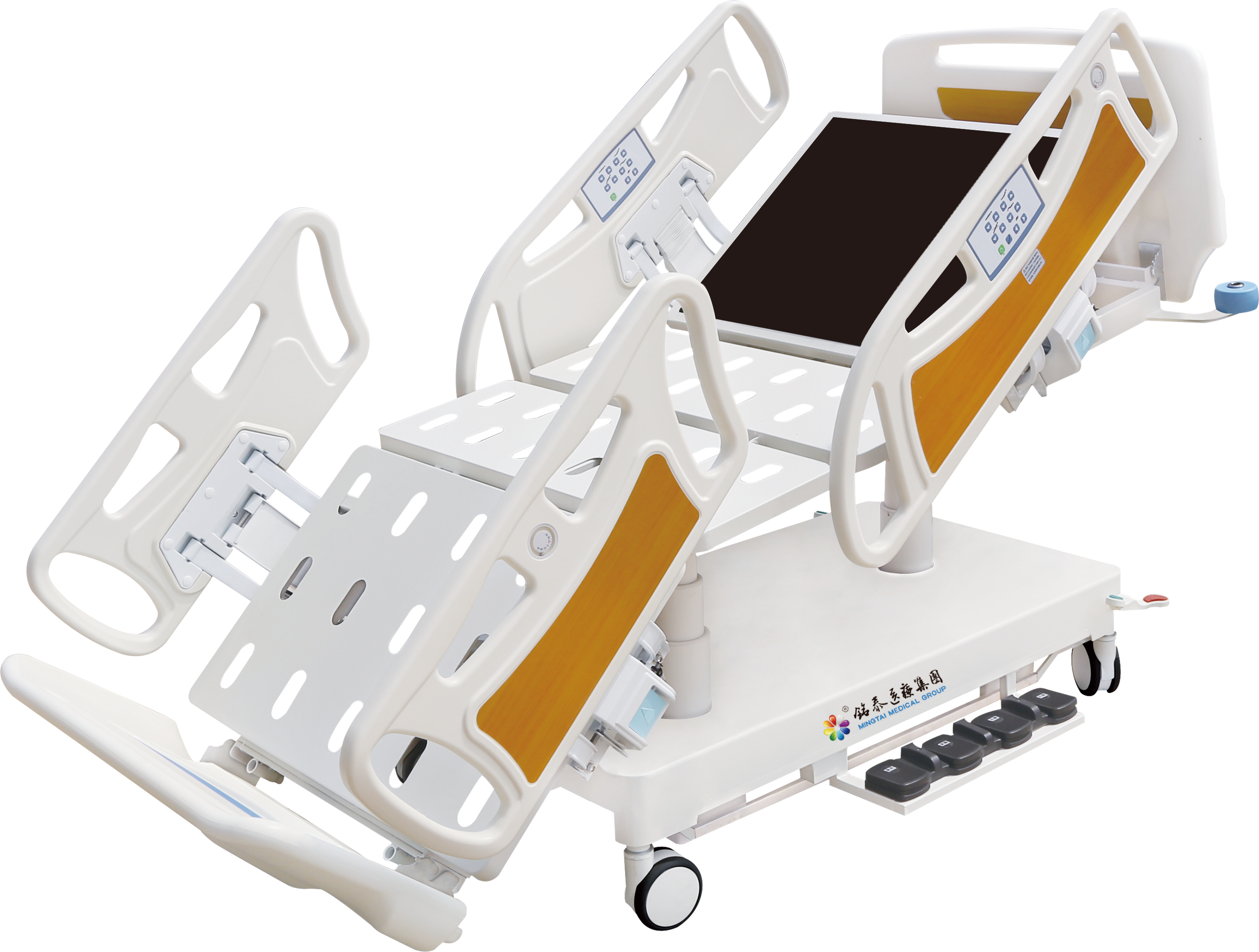


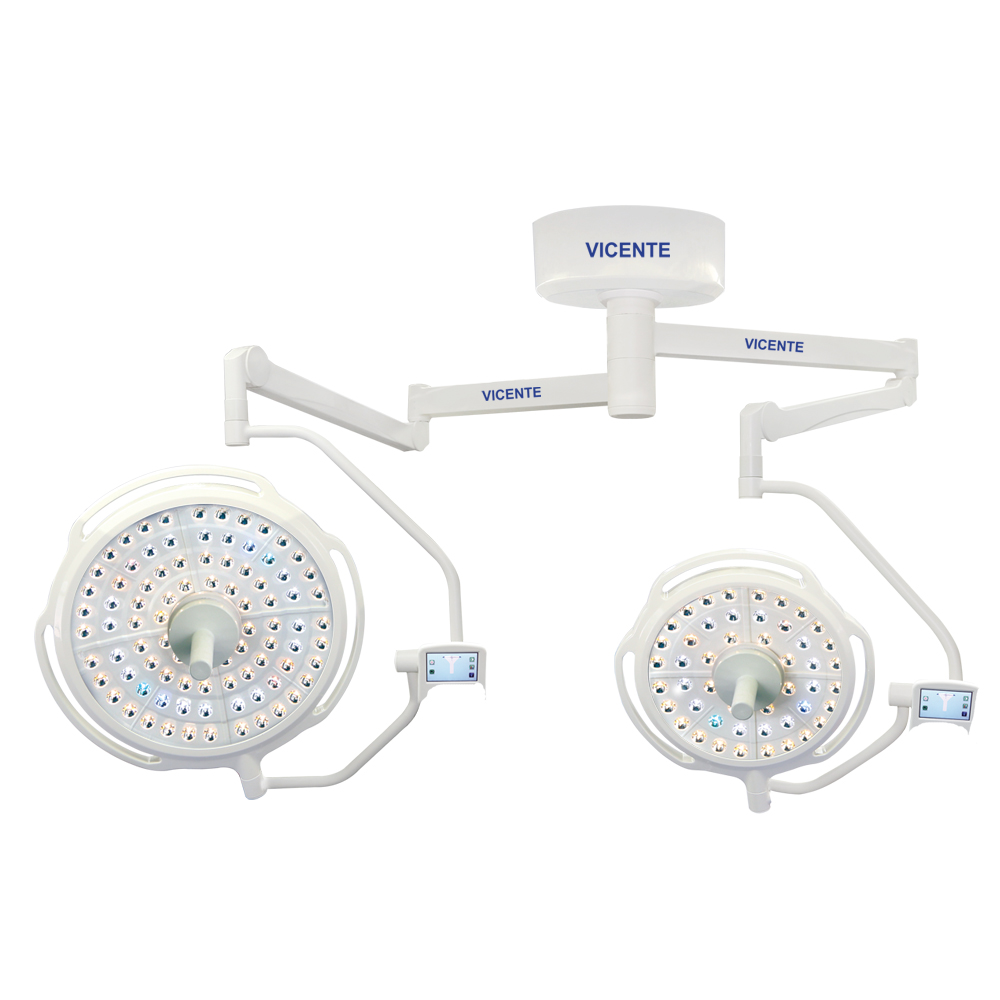

 Email:
Email: Whatsapp:+86-19006477273
Whatsapp:+86-19006477273 Address:No. 8 Yangchun Road, Qufu Industrial Park, Jining, Shandong Province, China
Address:No. 8 Yangchun Road, Qufu Industrial Park, Jining, Shandong Province, China